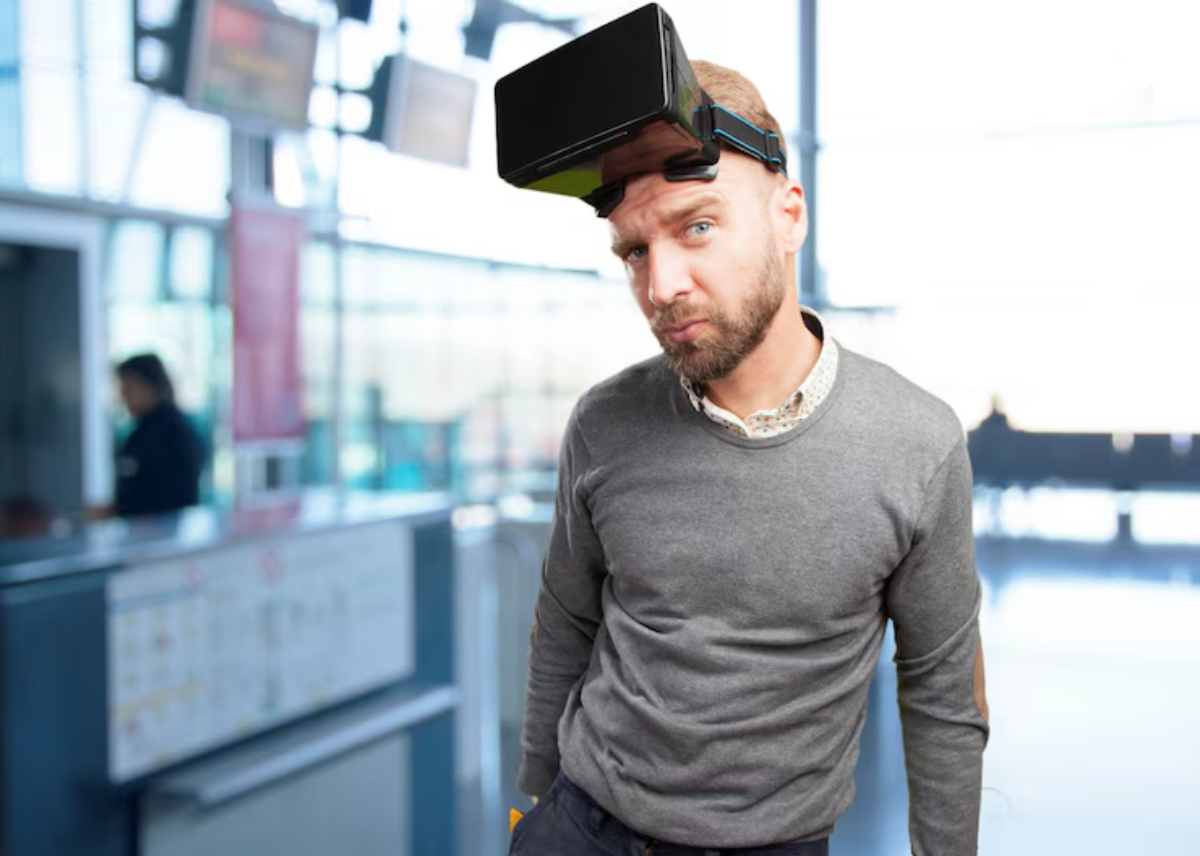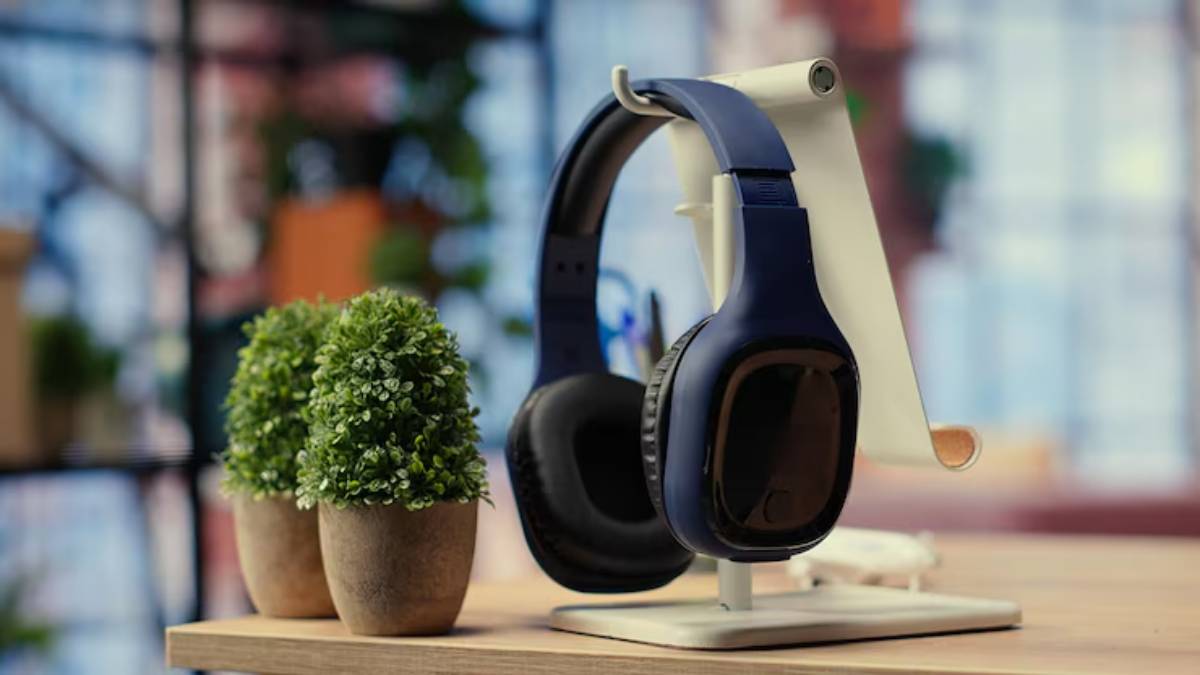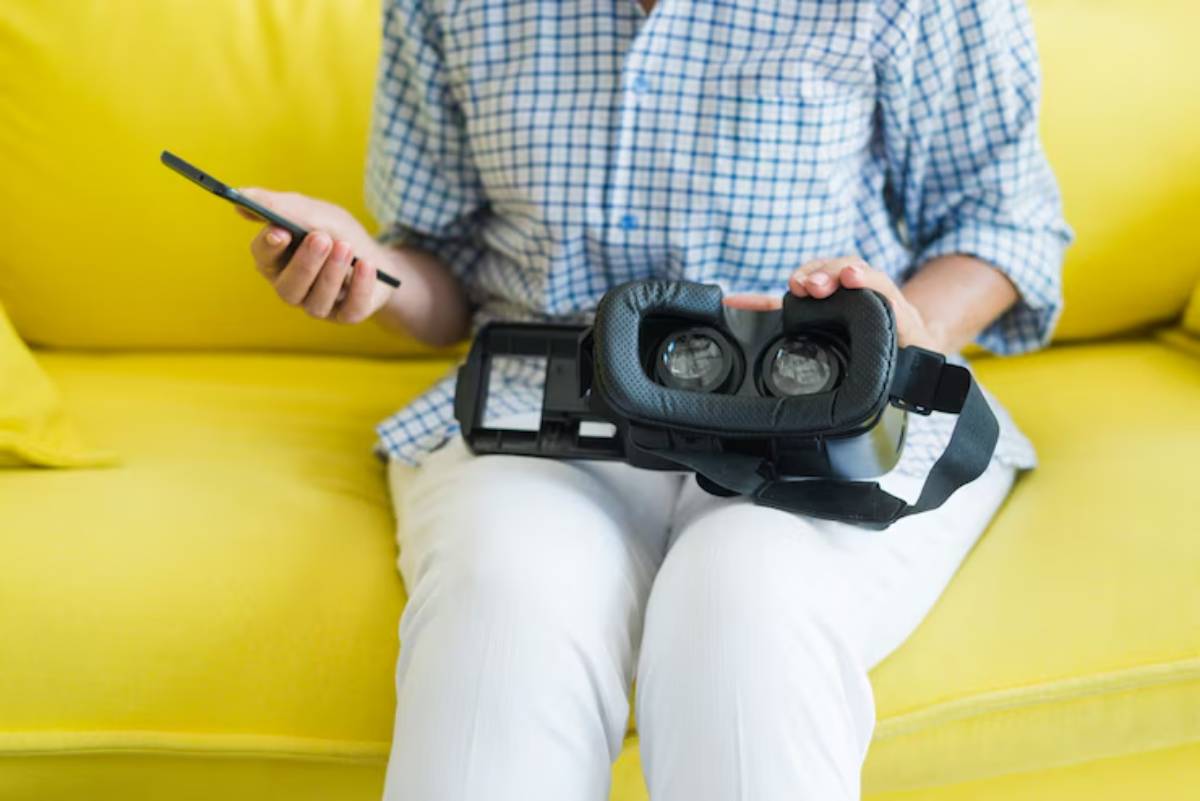
PC-Only VR Headsets: Pros & Cons
Are you chasing the highest quality VR experience possible? If so, a PC-only VR headset might be on your radar. These headsets don’t just plug in and play — they’re designed to tap into your computer’s processing power for a level of immersion that standalone devices often can’t match.
But with great power comes… a fair bit of trade-off. From complex setup requirements to the tethered nature of their design, PC-only VR headsets have their own strengths and weaknesses. Whether you’re a competitive gamer, simulation enthusiast, or tech perfectionist, understanding these nuances can help you make the right choice.
In this guide, we’ll walk through the pros and cons of PC-only VR headsets, compare them with other VR types, and help you decide whether investing in a wired VR for PC system is worth it. Along the way, we’ll highlight the best PC VR headsets, practical setup tips, and insights into how they perform across different use cases.
What Are PC-Only VR Headsets?
PC-only VR headsets are virtual reality devices that require a computer to function. Unlike standalone models (like the Meta Quest 3), these headsets do not have built-in processors or batteries. They rely entirely on your PC’s GPU and CPU to render visuals and manage performance.
They usually connect via USB and DisplayPort/HDMI and are designed to deliver higher-fidelity graphics, faster refresh rates, and more immersive gameplay, assuming your PC is up to the task.
Key examples of PC-only VR headsets:
- Valve Index
- HTC Vive Pro 2
- Varjo Aero
- Pimax Crystal
These are often seen in sim racing rigs, flight simulation setups, and high-end gaming rooms where power and precision matter most.
Advantages of PC-Only VR Headsets

1. Superior Visual Quality
One of the main reasons users gravitate towards PC VR is the exceptional visual fidelity.
- Higher resolution panels: Many PC-only headsets offer 2K–4K per eye.
- Greater pixel density: Minimises the screen-door effect.
- Improved refresh rates: Headsets like the Valve Index support up to 144Hz.
This makes them ideal for experiences where detail and clarity are essential, such as architectural walkthroughs, 3D design, or visually rich open-world games.
2. Access to AAA VR Titles
PC-only headsets have native access to SteamVR, Oculus Rift games (via software like Revive), and other PC platforms.
You’ll be able to enjoy:
- Half-Life: Alyx
- Microsoft Flight Simulator VR
- Assetto Corsa Competizione
- Elite Dangerous
Standalone headsets can stream these games, but only PC headsets offer native performance with no compression or lag.
3. Customisation and Mod Support
Being PC-connected means you can:
- Install mods
- Customise settings
- Use third-party tracking or accessories
- Optimise performance via GPU drivers and tools
This level of tweakability is a huge advantage for tech-savvy users or enthusiasts who want complete control over their VR experience.
4. Precision Tracking Systems
Many high-end PC VR headsets use external base stations (like the Lighthouse tracking system from Valve) for sub-millimetre positional tracking.
This provides:
- Accurate motion tracking
- Seamless room-scale experiences
- Better performance in competitive or high-motion VR games
Standalone headsets use inside-out tracking, which can struggle in low-light or reflective environments.
Downsides of PC-Only VR Headsets
1. Wired Setup and Limited Mobility
The most obvious drawback is the cable tether. While it ensures a stable connection, it also:
- Restricts your range of movement
- Can be a tripping hazard
- Requires cable management
For games involving a lot of movement (like Beat Saber or fitness VR), this can be frustrating.
2. Steep Hardware Requirements
To get the most out of a high-end PC VR system, you’ll need:
- A powerful GPU (e.g. RTX 3080 or higher)
- High RAM (16GB+ recommended)
- Fast SSD storage
That means extra cost, and potential compatibility issues depending on your PC’s specs.
If you’re curious about how wireless VR compares in this area, check out Best Wireless VR Headsets for Untethered Gaming.
3. Longer Setup Time
PC VR systems aren’t plug-and-play. You’ll need to:
- Install software (SteamVR, headset drivers, etc.)
- Calibrate sensors or base stations
- Tweak settings for performance and comfort
This can be overwhelming if you’re not comfortable troubleshooting hardware or software.
4. Higher Total Cost
While standalone headsets are generally all-in-one packages, PC-only systems involve:
- Buying the headset
- Upgrading your PC (if necessary)
- Optional accessories (like base stations, controllers, head straps)
Some setups can easily cost over £1,500–£2,000.
Who Should Choose a PC-Only VR Headset?
Ideal for:
- Sim gamers and VR racers seeking top-tier graphics
- VR developers and designers who need precision tools
- VR streamers are looking for the best frame rate and visual quality
- Modders and tech hobbyists who like to customise their setup
Not ideal for:
- Beginners who want plug-and-play convenience
- Casual fitness or party gamers
- Users with low-end PCs or laptops
- Families with kids sharing one headset
If you’re deciding between options, this VR Headset Comparison Guide may help clarify your priorities.
Tips for a Smooth PC VR Experience

Here are some key considerations to keep in mind if you’re going the PC-only route:
- Check GPU compatibility: Most manufacturers list minimum specs — don’t ignore them.
- Invest in cable management: Ceiling pulley systems or magnetic clips reduce tangling and tripping.
- Use VR performance tools: SteamVR includes utilities to measure GPU and CPU impact.
- Optimise play space: Avoid reflective surfaces and ensure good lighting for tracking accuracy.
- Monitor headset temperature: Some headsets can overheat during long sessions — ventilation matters.
PC-Only Headsets to Consider in 2025

1. Valve Index
- Resolution: 1440 x 1600 per eye
- Refresh Rate: Up to 144Hz
- Pros: Industry-leading tracking, solid build, great controllers
- Cons: Requires base stations, slightly ageing display tech
2. HTC Vive Pro 2
- Resolution: 2448 x 2448 per eye
- Refresh Rate: 120Hz
- Pros: Stunning visuals, precise tracking
- Cons: Expensive, requires setup effort
3. Varjo Aero
- Resolution: 2880 x 2720 per eye
- Pros: Professional-grade visuals, automatic IPD adjustment
- Cons: Extremely expensive, no built-in audio
4. Pimax Crystal
- Resolution: Up to 2880 x 2880 per eye
- Features: QLED + Mini LED, modular design
- Pros: Highest resolution currently available
- Cons: Bulky, power hungry
Conclusion: Is PC VR Worth It?
If you’re chasing the most immersive, graphically intense, and mod-friendly VR experience, a PC-only headset is hard to beat. These devices unlock levels of realism and responsiveness that simply aren’t possible on standalone systems.
However, they come with strings attached — literally and figuratively. You’ll need a powerful PC, time to set things up properly, and tolerance for wires and fine-tuning. But for serious gamers, VR professionals, and enthusiasts, the trade-offs are often worth it.
Whether you’re building the ultimate sim rig or diving into Half-Life:
Alyx with zero compromise, PC-only VR could be your portal to the next level.
Ready to level up your VR experience? Share this article with fellow enthusiasts, drop your questions in the comments, or explore our full VR headset buying guide to find your perfect match.


